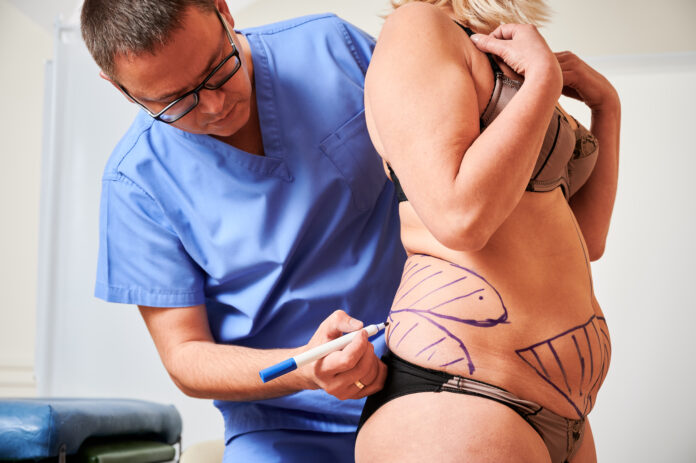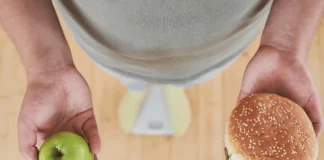What is liposuction, who invented it, and how many kinds are there?
Today, we will examine how this procedure came about and what it entails.
What is Liposuction?
Liposuction is an outpatient, surgical procedure by which fat is eliminated from different body parts (i.e., belly, thighs, buttocks, back, arms, and beneath the chin) you can’t seem to get rid of through diet and exercise. It is usually done by either a plastic surgeon or a dermatologist.
The History of Liposuction
The origins of liposuction can be attributed to French surgeon Charles Dujarier, who introduced the practice in 1921 to contour a person’s body and remove fat using a curette, an instrument used in surgical procedures to scrape debris in an excision or biopsy. It is a small hand tool resembling a stylus with a small scoop or hook at the end of it. However, interest in the procedure waned for decades after this new technique caused gangrene in one of his patients.
In 1974, gynecologist Giorgio Fischer and his father Arpad created an instrument that was safer and did a better job. The difference between this new tool and the one used by Dr. Dujarier was that their implement contained a cannula or a flexible tube that would suck out the fat and had a cutting blade within it.
In 1978, doctors Yves-Gerard Illouz and Pierre Fournier changed this procedure by creating the “wet technique” by injecting saline into the fat before suctioning it out. Sometime later, Dr. Fournier introduced the use of lidocaine as a local anesthetic.
Can you believe no numbing agent was used before this?
In addition, he improved the procedure using a crisscross method that used multiple incision sites instead of just one or two for a sharper definition of the body. For aftercare, he introduced the idea of compression to support and shape the affected areas.
By 1980, liposuction became popular but got a bad rap when many patients complained of excessive bleeding. In late 1982, one of the first doctors to offer liposuction in the US was dermatologist Rhoda Narins, who worked jointly with plastic surgeons Julius Newman and Richard Dolsky. They also provided a liposuction course in Philadelphia.
In 1985, the process was further improved by Dr. Jeffrey A. Kline by injecting both lidocaine and epinephrine (a medication to shrink capillaries) into the fat to reduce excess bleeding or misshaped results. This meant that liposuction could be performed under local anesthesia, and this process became very popular again.
Professor Michele Zocchi of Italy created the Ultrasonic Assisted Lipoplasty (AUL) as an alternative to cannula suction. This involves targeting ultrasonic energy to fat cells before suctioning begins, with the thinking being that it would prevent damage to nerves and veins, which are often destroyed in previous, older procedures. However, this was rejected as it caused skin peeling burns and fluid build-up in treated areas.
Then, in 1997, for the first time, The American Society of Plastic and Reconstructive Surgeons showed support for ultrasonic liposuction and created educational courses for its members. In 1998, Power Assisted Lipoplasty (PAL), which uses a cannula that pulses as it suctions, was approved for general use over AUL, even though AUL is still an option.
How many types of liposuction procedures are there? How long does each last?
Today, there are many different liposuctions to choose from, with differences mainly being the technology used. There are many things to consider before the procedure, and only after discussions with your doctor will you decide which type is best for you. Let’s review them.
Tumescent Liposuction: During this technique, your surgeon injects a solution into the treatment area to swell it to minimize bleeding and pain during the procedure. This is usually done with a local anesthetic.
The average length of this surgery is between three to four hours, with recovery time being just a few days. There is a possibility of pain post-op and some bleeding.
Ultrasound-Assisted Liposuction: This technique uses ultrasound energy to break up fatty tissue and detach it from the body, as described above. This makes removing larger quantities of fat much more effortless. It is also a quicker surgery. Vaser Liposelection, a process by which only fat cells are targeted, is a variation of this procedure.
Though it varies, this procedure typically takes between two and four hours. Recovery time is between one to two weeks, but swelling may persist for up to six weeks.
Laser-Assisted Liposuction: This is better known by its brand names, SmartLipo and Sliplipo. Laser energy is used to remove fat cells.
This is a minimally invasive procedure that takes about an hour. You must wear a compression garment 24 hours a day for two weeks post-surgery; then, at the end of two weeks, you must wear it at night for another two to four weeks.
Suction-Assisted Liposuction: This procedure is one of the most performed liposuctions. It uses a device similar to a vacuum to remove fat. A comparable technique, Power-Assisted Liposuction, uses a tool that increases the motion of the cannula.
This procedure lasts about 1 to 2 hours or more, and recovery time can be as short as one to two weeks, barring strenuous activity.
Liposuction has come a long way, especially in the arena of patient safety. These are generally outpatient procedures with permanent results unless you gain weight. In addition, full recovery can take up to six months.
As with any surgical procedure, discuss all the alternatives available with your physician and ask as many questions as possible. This is your body, and you only have one. There is no such thing as a stupid question.
Also, remember that these procedures are expensive – often starting at about $2,000 and going as high as $5,000 or more. Insurance companies do not approve this procedure.
Here’s to looking good!


